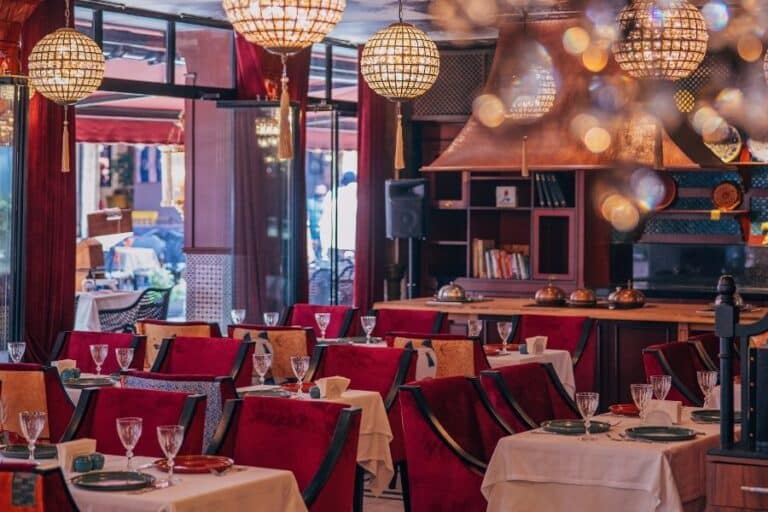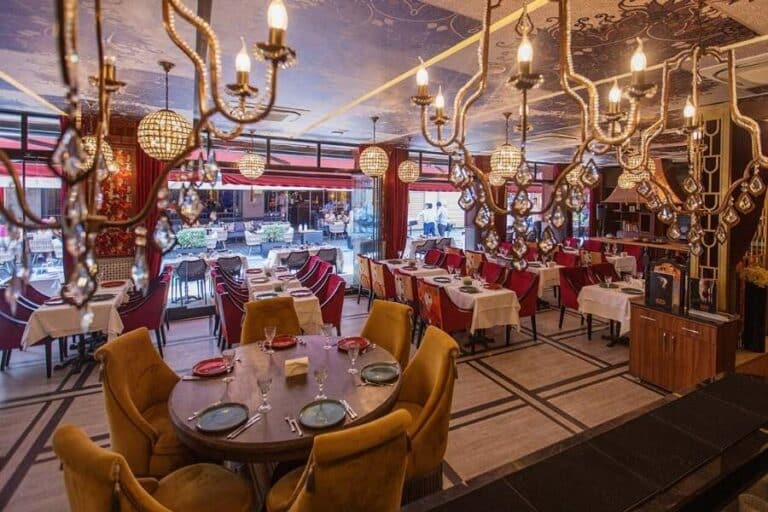The Çeşnicibaşı was not just a manager or chef of the Ottoman palace kitchens. This important figure, also called “Çeşnigir” or “Çeşnigar”, was considered one of the external officials of the palace. While some of these officials closely monitored the processes of the elaborate meals prepared for the sultan, others organized food distribution in the palace kitchen. However, the taster’s most critical and vital task was to taste the food to be served to the sultan beforehand and to protect the sultan against any assassination or poisoning attempts. In this role, the taster was not only a culinary artist but also a guarantor of the sultan’s safety.
This rich and multifaceted job description defines the taster not only as a chef but also as an organizer, protector, and artist. Also known as “şerbetcibaşı” or “aşçıbaşı”, the çeşnicibaşı was a position that equally served the taste and security of the Ottoman court.
The Favorite of Ottoman Palace Kitchens: Çeşnicibaşı
The Ottoman Empire is a civilization that has left its mark on the world in culinary culture as it has done in countless fields in history. In this rich culinary culture, the place of the taster is above many other elements. So, who exactly is a taster and why is he or she so important?
A Leader at the Heart of the Palace: Çeşnicibaşı
- A Kitchen Manager: The Ottoman palace kitchens were a huge organization with many cooks, helpers, and apprentices. In order for this huge organization to function regularly and efficiently, a leader was required. This leader was the taster. He coordinated the entire operation of the kitchen and supervised the preparation of dishes and desserts.
- A Quality Controller: The taster supervised the quality of the prepared dishes and desserts, checking that they were in line with the palace’s taste and standards. He was also meticulous about the freshness and quality of the ingredients.
- An Instructor: Çeşnicibaşı trained young cooks and apprentices in the kitchen, teaching them the Ottoman culinary arts. The cooks trained by him would eventually become masters in their own right and gain fame outside the palace.
Determinants of Court Taste and Preferences
The food culture in the Ottoman palace was shaped according to the taste of the sultan and the court. However, the person who accurately reflected this taste and put it on the plates was the taster. It was one of the duties of the taster to know the special requests and preferences of the sultan or those in the palace and to prepare menus accordingly.
Carrier of the Legacy of Ottoman Palace Cuisine
Çeşnicibaşı was not only a manager or chef, but also a heritage bearer of Ottoman culinary culture. Under his leadership, this rich culinary culture was passed down from generation to generation, preserved, and developed.
Çeşnicibaşı was an indispensable element of Ottoman palace kitchens, a leader and an artist. Thanks to him, Ottoman culinary culture took its place in the pages of history with golden letters. Now, if each of us has the chance to taste this rich culture, it is thanks to the taster and the masters they trained.








